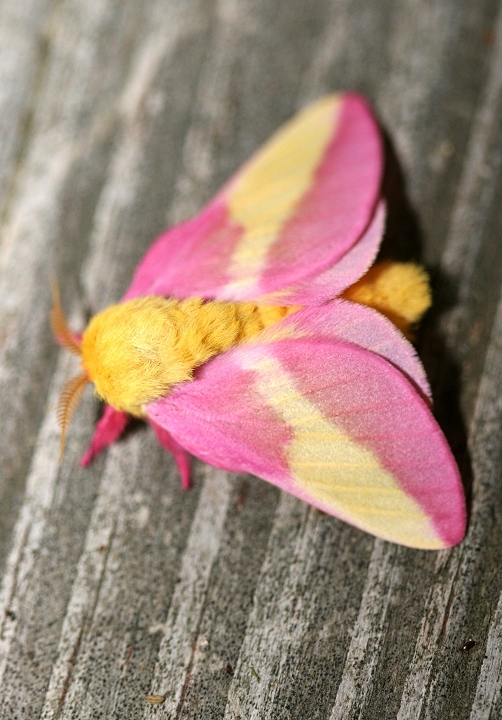MBP - Winged Insect Orders
We need to talk. I feel PTERA-ble. Nearly all of us have been PTERA-ble about understanding even our most common types of winged insects. Many serious naturalists use the order name Lepidoptera (butterflies and moths) and Coleoptera (beetles), but our pronunciation helps mask their very useful meanings.
Anyone who reads MBP outreach has seen me talk about Diptera, that we probably shouldn't say DIP-tera, but DI-PTERA to highlight what it means. Insects in the order Diptera - the true flies - have two wings. DI (two) - PTERA (wings).
But there are similarly obvious and relevant meanings in our other orders of insects ending in PTERA. Let's have a look. Should we consider emphasis on the PTERA?
- LEPIDO-ptera - SCALY-winged. Butterflies and moths have their colorful scales on their wings.
- COLEO-ptera - SHEATH-winged. Those heavy elytra cover the more delicate wings, protecting them when underground, under logs, under bark, underwater.
- HYMENO-ptera - MEMBRANE-winged. The very thin wings of bees, ants, and wasps.
- HEMI-ptera - HALF-winged. Many species of true bugs have partly thickened and partly membranous wings.
- NEURO-ptera. NERVE-winged! So obvious when you don't say NEUROP-tera. The lacewings, antlions, and such.
- TRICHO-ptera - HAIR-winged. Caddisflies and others.
- MEGALO-ptera - LARGE-winged, of course. Dobsonflies and those related impressive beasts.
- ANISO-ptera - DIFFERENT-winged. Note how dragonflies and damselfies have a larger pair and smaller pair of wings?
📸: (Scaly-winged) Rosy Maple Moth in Preston County, West Virginia (7/1/2006).

🔍 More at Maryland Biodiversity Project:
https://www.marylandbiodiversity.com/view/338
Bill





Comentários
LOVE this
This is beyond FANTASTIC!
@dwwebb - I have a version of this with one of your photos scheduled for MBP FB and Instagram later. :)
Thanks, @stevecollins and @jane41!
Nice post, Bill!
Is that something you learned from Claudius Ptolemy?
@jobobsolem
Indeed. If he ptolemy once, he ptolemy a thousand times! :)
Thank you for this. A good way to reshape my thinking.
This post fills me with PTERA.
(In the best way.)
Adicionar um Comentário